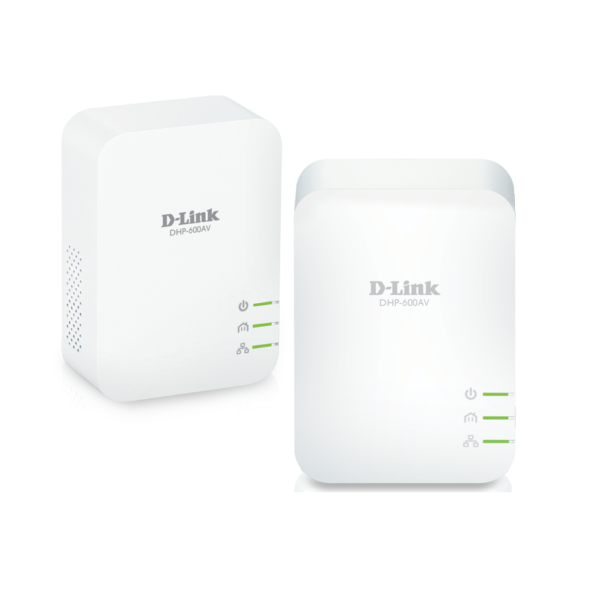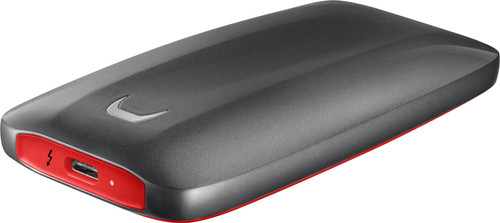Last Updated on May 1, 2024 by Daniel Osakwe
DJI OM 5 Review
Table of Contents
Pros
- Versatile, compact phone gimbal
- The new elegant design looks great
- Tracking feature improved
Cons
- OM 4 is better than traditional gimbal
- Tricky to angle when on a tripod
- Fiddly selfie stick extension
With the DJI OM 5 smartphone stabilizer, you can easily capture cinematic videos and smooth panoramas.
The DJI OM 5 smartphone stabilizer is a lightweight, handheld, and wireless video stabilization device that works with the DJI Mavic Pro and DJI Phantom 3 and 4 drones. The stabilizer features a lightweight design that allows you to hold it easily and move it in any direction.
This review is the first in a series of DJI smartphone stabilizer reviews.
DJI OM 5 price
- The retail pack includes a mini tripod, pouch, and wrist strap
- Fill Light Phone Clamp sold separately
The DJI OM 5 is selling now for $159/ £139/ AU$239, the same price as the OM 4 at debut. The OM 5 comes with a compact tripod, case, and wrist strap as standard, unlike previous versions of DJI’s smartphone gimbal, which helps justify the pricing.
While a metal clamp is included in the box, if you’re a vlogger or someone who requires their selfie lighting to be on point, the Fill Light Phone Clamp is $59/ £42/ AU$79. It’s a lot heavier than the magnetic clamp, but it comes with a bright light that can be adjusted to three different strengths and temperatures.
DJI OM 5 Review: how does it compare to other products and its predecessor
- Gimbal and selfie stick combo like Smooth X
- Portable and lighter design than OM 4
- It has a smaller battery and fewer ports than OM 4
The DJI OM 5 is a cross between the DJI OM 4 and the Zhiyun Smooth X. The Smooth X is a gimbal and selfie stick in one, designed for content creators, for those who didn’t notice when it was released. The Smooth X is a two-axis gimbal, but the DJI Osmo Mobile 3 and OM 4 are three-axis gimbals, making it more fun but less powerful.
With its better stabilization, the DJI OM 5 could be the most powerful gimbal/selfie stick combination on the market. However, the OM 5’s mechanics are identical to Zhiyun’s gimbal in that you unroll the folding gimbal, then extend the arm clumsily to reach some space between your money-spinner and smartphone.
It’s a clumsy fumble the first few times you use anything that folds, snaps into place, and twists as it transforms, but after a few folds and unfolds, the DJI OM 5 became a rather elegant option to whip out. It’s also rather compact and light. The actual stick extension, on the other hand, takes a little elbow grease and manual setup.
Despite the addition of the selfie stick arm, the OM 5 weighs roughly 100g less than last year’s OM 4, which weighed 290g. It stretches up to 21.5cm, so while it’s not the world’s longest selfie stick, it’s impressive that DJI managed to save so much weight.
To be fair, the smaller battery, which we’ll discuss later, can account for a lot of the streamlining. The gimbal also lacks the USB-A smartphone charger that its predecessor had, resulting in fewer ports.
In practice, we’d argue the new OM 5’s fewer ports make sense and help the series achieve a new level of architecture, even if the hardcore geek in us is disappointed to see some useful features like reverse charging eliminated from the line.
DJI OM 5 Review: Design
- Improved elegant, lightweight design
- Available in Sunset White and Athens Grey
- Fiddly selfie stick extension
If previous DJI OMs and Osmo Mobiles resembled computer game props straight out of Ready Player One, the OM 5 mixes things up by taking a more organic approach. It has delicate curves and natural rather than industrial features, and one friend quipped that it appears like intimate assistance.
When folded, the OM 5 fits neatly into a large pocket and slides into a backpack or handbag without difficulty. To unfold it, simply rotate one section, flip another, and you’re finished. The magnetic grip is stored on your phone and attaches to the gimbal with ease.
A standard 1/4-inch tripod thread is located at the gimbal’s base, and a joystick, record, and rotate buttons are located on the gimbal’s backside. The rotate button may be pressed once to switch between front and rear cameras, and twice to change the orientation from landscape to portrait.
A zoom slider to the left of the main button interface activates digital zoom via the DJI Mimo app, and a power button to the right of it toggles between photo and video recording with a single press. A trigger on the front of the gimbal can be used to reset the gimbal’s position, and there’s also a USB-C plug for charging the gimbal.
In terms of the selfie stick, it’s the most manual and clumsy component of the OM 5 experience. Simply drag the gimbal head away from the controller portion and extend to your heart’s content to activate it (up to 21.5cm). To get the most out of it, twist the head to angle yourself before hitting the record, and while it can be a little stiff to get in place, it all seems reasonably solid once set up.
DJI OM 5 Review: Performance
- A good gimbal and a great selfie stick
- Intuitive, familiar controls
- Up to 6.4-hour battery life
You might make the case that the OM 4 is a superior gimbal to the OM 5. It doesn’t have the really fancy extending arm, but when it isn’t extended, it may be used as a more adaptable gimbal.
What exactly do we mean? The DJI OM 5 is designed to work in both selfie-stick and standard gimbal modes. As a result, it must be able to spin in a different way than a gimbal that is always kept at eye level. If pure performance is what you’re looking for, there’s very little reason to choose the OM 5 over the 4 if you’re a traditionalist who doesn’t see yourself living your best selfie stick life.
The gimbal is definitely effective at keeping the footage smooth and steady. Because it’s a three-axis device, it’ll pan, roll, and tilt to adjust for hand movement, just like the OM 4.
While the pan and tilt ranges are similar to last year’s DJI gimbal, the roll range is different this year, with the DJI OM 4 rolling from -127.05 degrees to 208.95 degrees and the OM 5 rolling from -136.7 degrees to 198 degrees. While both give the same amount of movement, the OM 4 has a wider upward-facing range than the OM 5, which has a wider downward-facing range.
To put it another way, if you really want to get the most out of the OM 5, turn on active tracking and use it as a makeshift camera person while it’s mounted on a tripod, you can’t avoid extending the arm, which may not feel comfortable at first. If you don’t, your useable range will be reduced as compared to the OM 4.
When it comes to rotation, there’s a perceptible geometric distortion when using the joystick to rotate your attached smartphone, especially if you have a somewhat larger device. We also found the out-of-the-box spin to be a little too fast for us. Slowing it down in the DJI Mimo app smoothed out the irregular spins while also removing the judder.
In terms of battery life, the OM 5 is powered by a 1,000mAh cell, which is much less than the 2,460mAh cell found in the OM 4. As a result, it only lasts roughly half the time.
That’s unfortunate, but we’re not too concerned because a single charge gives us roughly six hours of use. For a gimbal, six hours of use time is adequate, and because it isn’t a portable power bank, the battery won’t be shared with other devices.
DJI OM 5 Review: App
- Quick, easy pairing
- Improved object tracking
- Plenty of shooting modes
If you want to get the most out of your DJI OM 5, you’ll need to download and install the DJI Mimo app. Sure, you can use the camera on your smartphone, but DJI’s app is where you can interact with the on-body OM 5 controls (record, zoom, etc. ), a variety of shooting settings, and object tracking.
When you download it from the AppStore or Google Play Store, you’ll get instant pairing once the OM 5 is turned on, as well as a home screen with information on other DJI products.
In terms of modes, the OM 5 adds a new ShotGuides tool that guides you through the process of shooting styled clips. For seasoned gimbal users, this isn’t particularly impressive in practice, but it can be useful for ideas and is entertaining for newcomers.
The feature’s UI allows you to position the gimbal perfectly, move it at the optimum speed, and level up your clip capture by playing back a video in a floating window while you shoot.
There’s also a new enhanced ActiveTrack 4.0 that works great and is a significant upgrade over previous versions. Simply draw a frame around the thing you wish to follow to start it up, and the OM 5 will maintain it in the frame flawlessly.
When the gimbal is resting on a surface with its tripod attachment and the arm is completely extended, this works beautifully. This relates to our previous point about rotation: if you don’t extend your arm, the gimbal will struggle to angle up to face you, especially if you’re tracking on a low surface.
All of the features that made last year’s OM 4 so popular have been brought back, including gesture control, DynamicZoom (think of Jaws’ “dolly zoom” vertigo effect), Timelapse, Motionlapse, Hyperlapse, Panoramas, Spin Shot Gimbal Movement, and Story Mode Templates.









